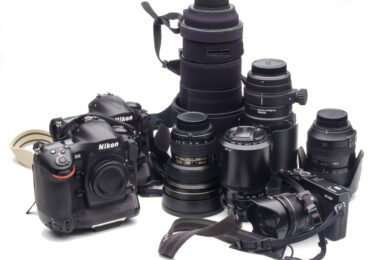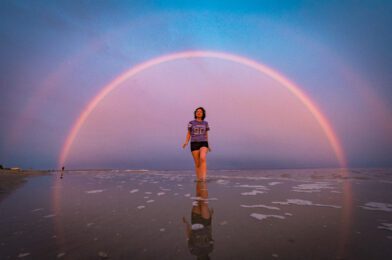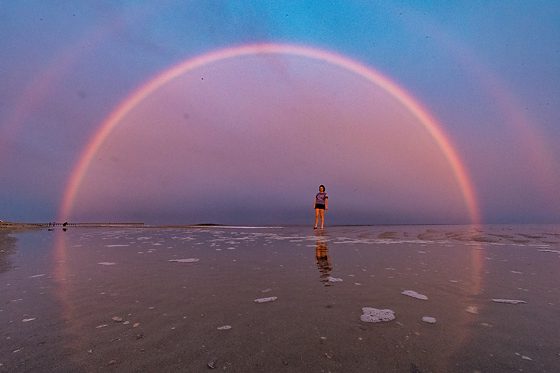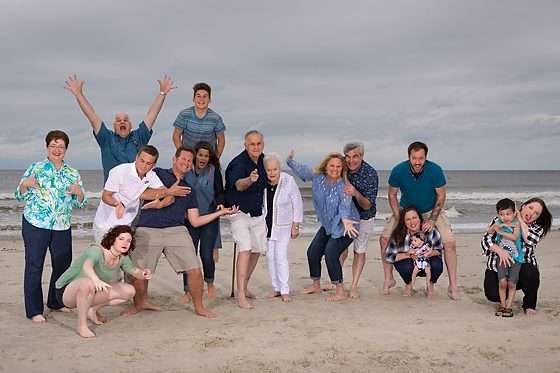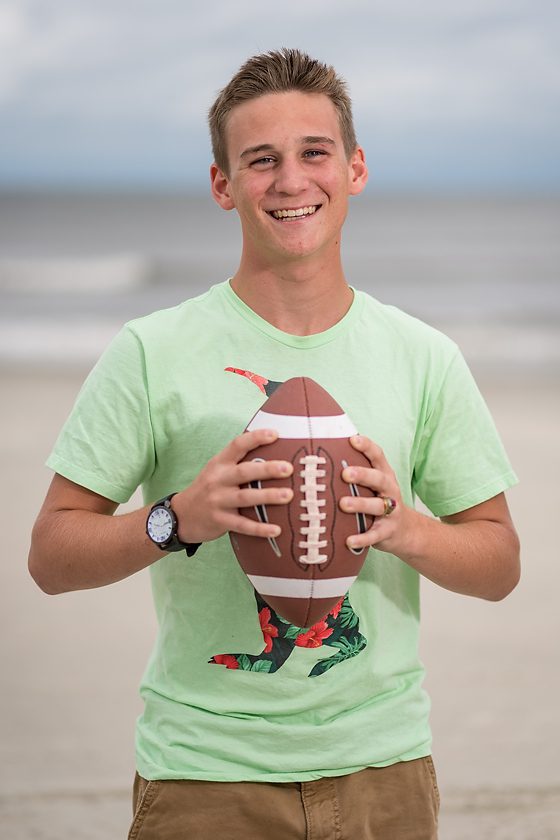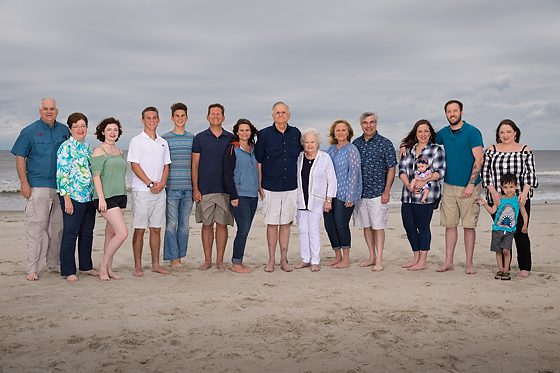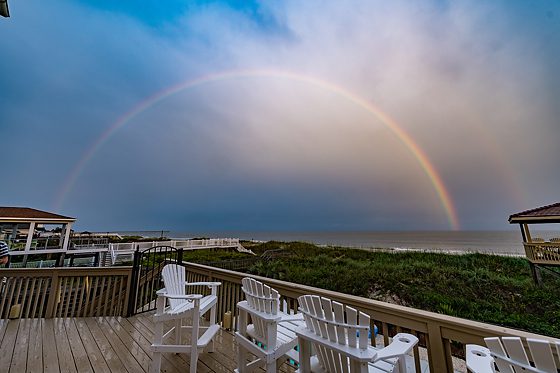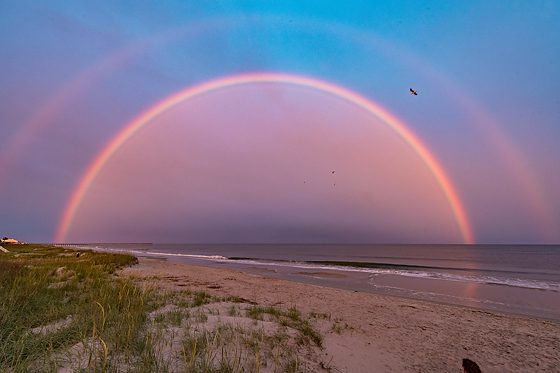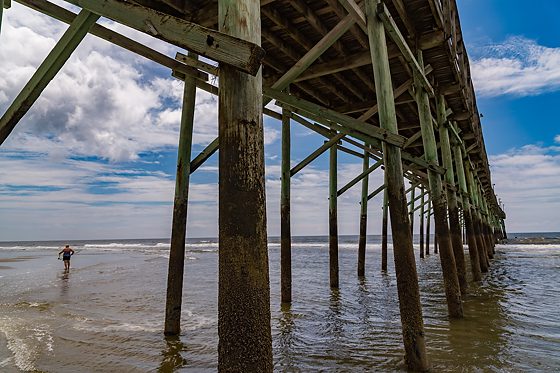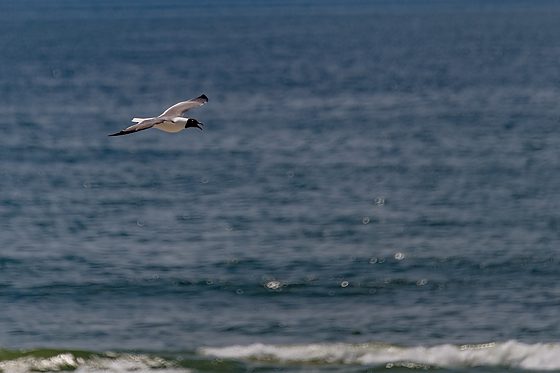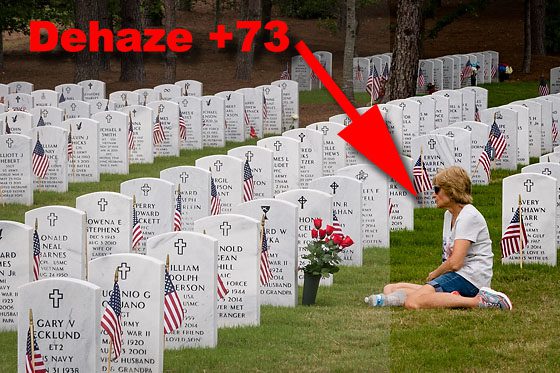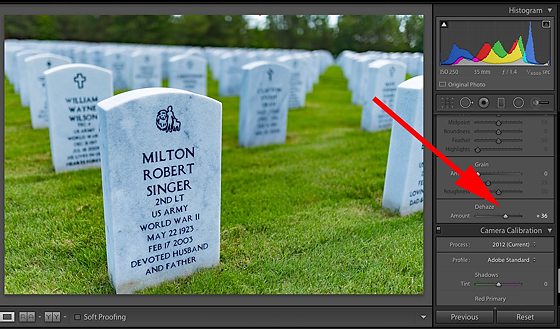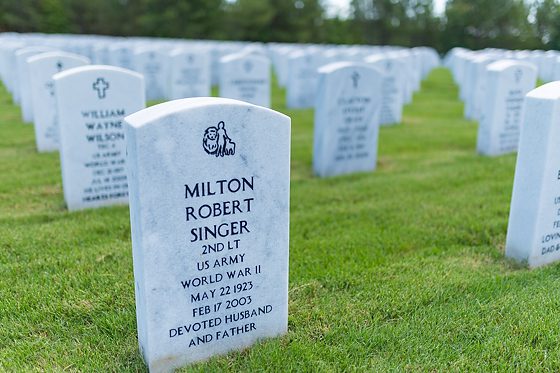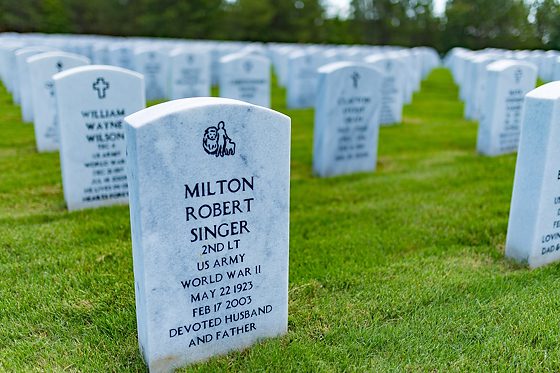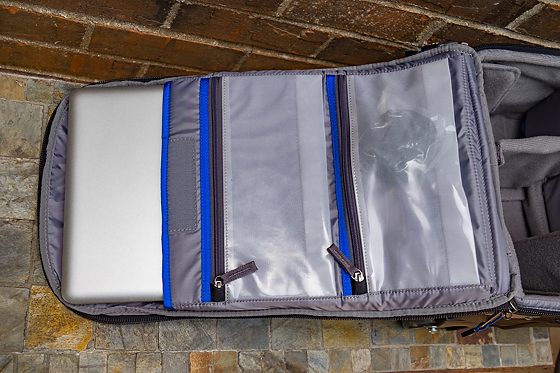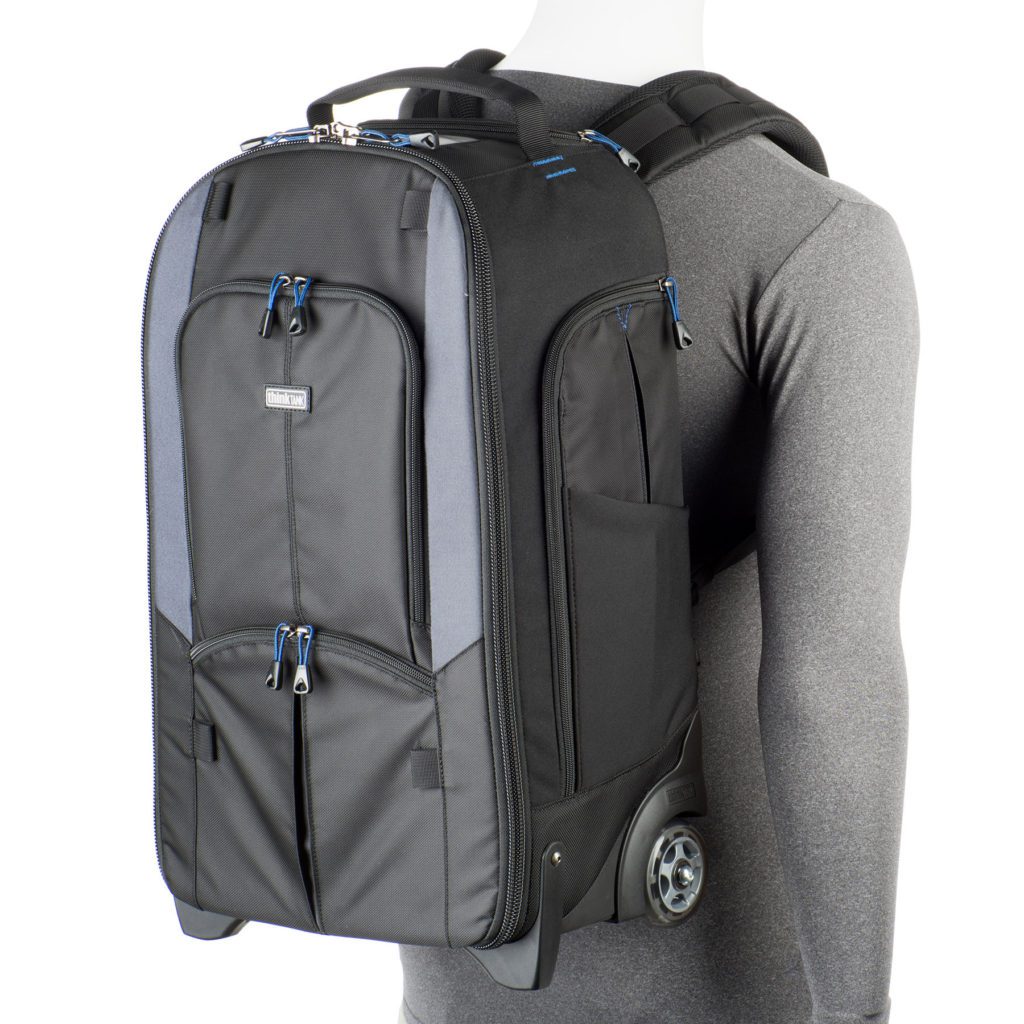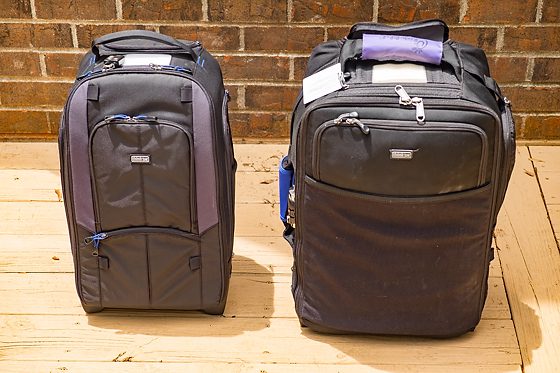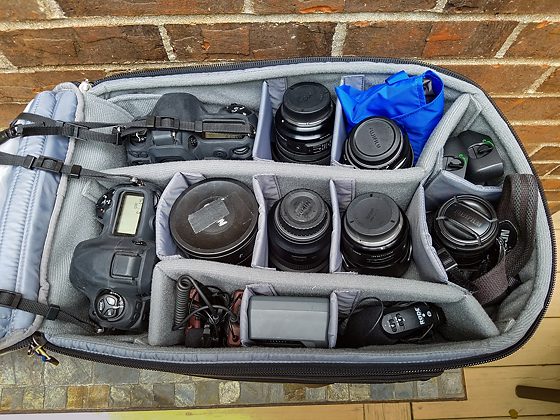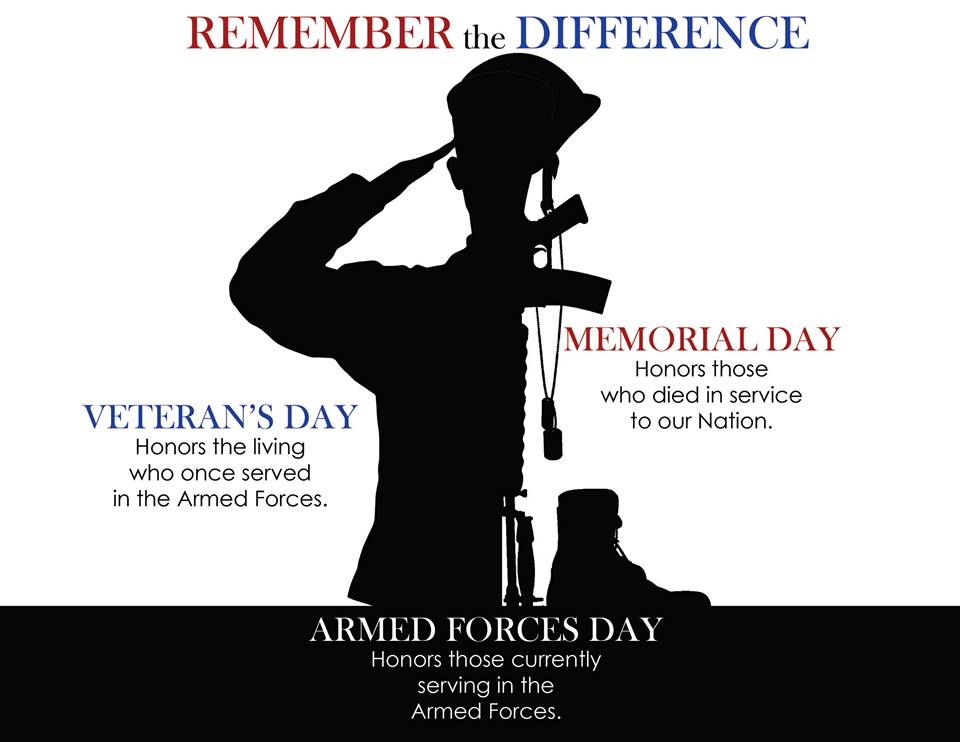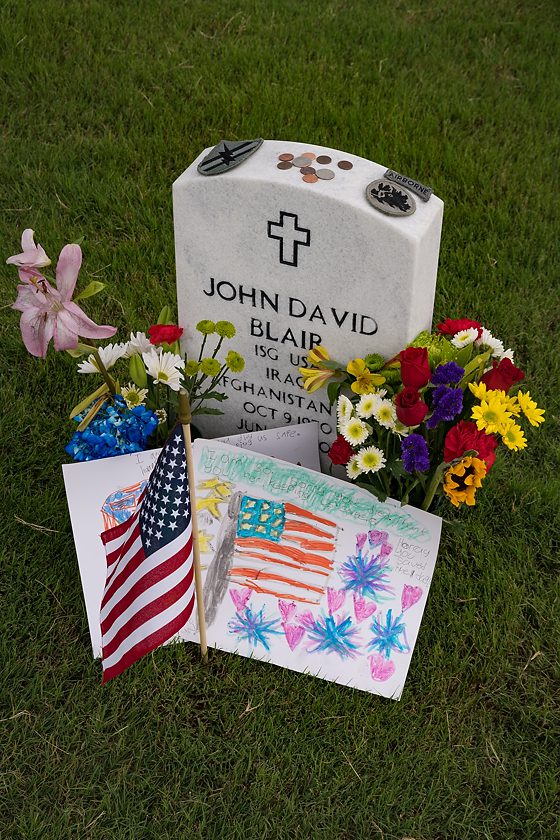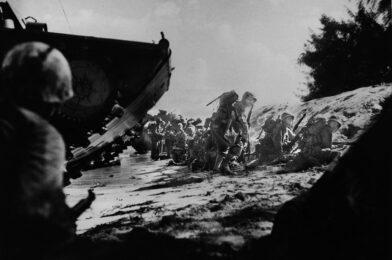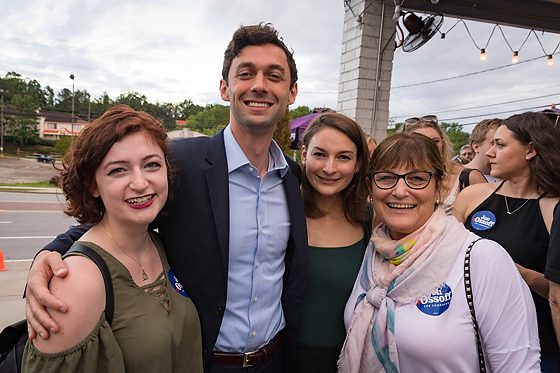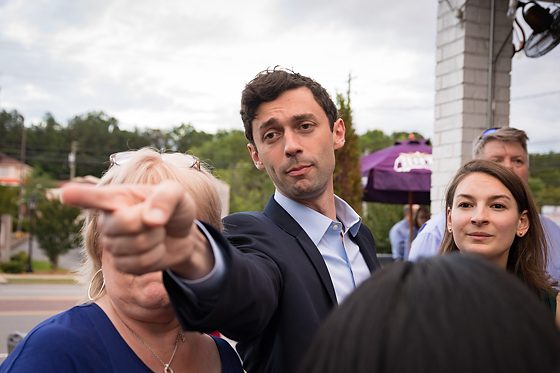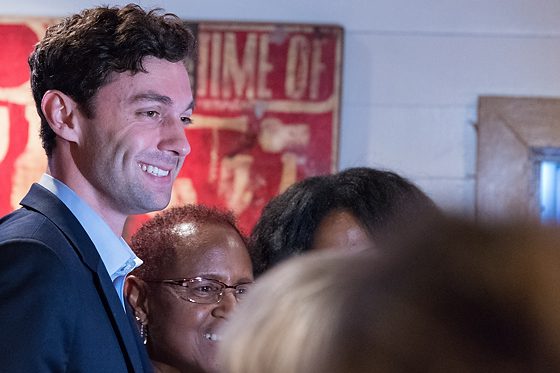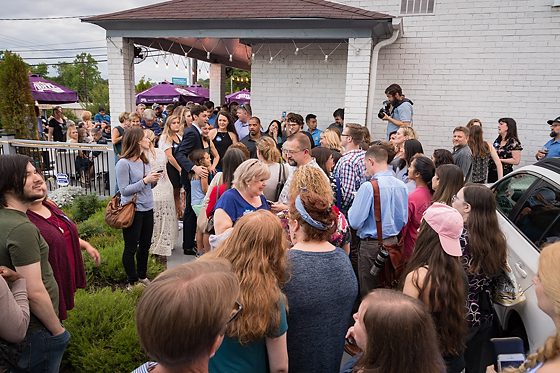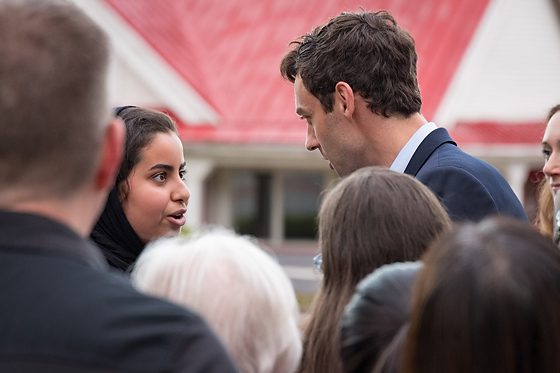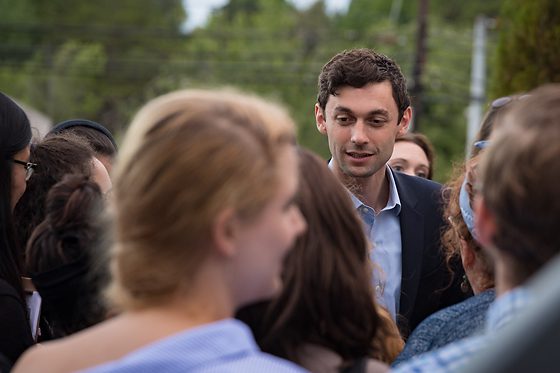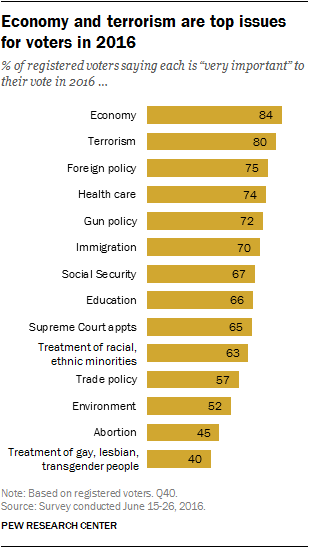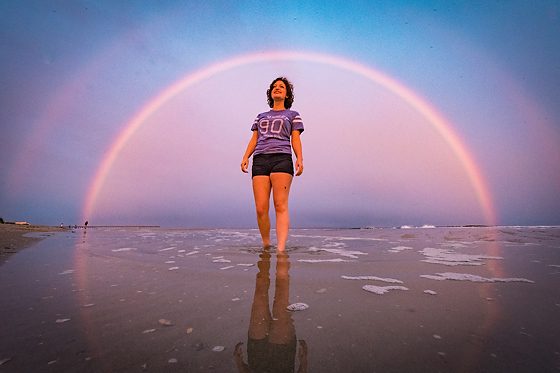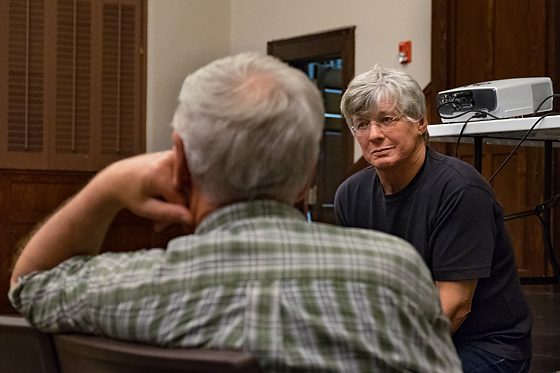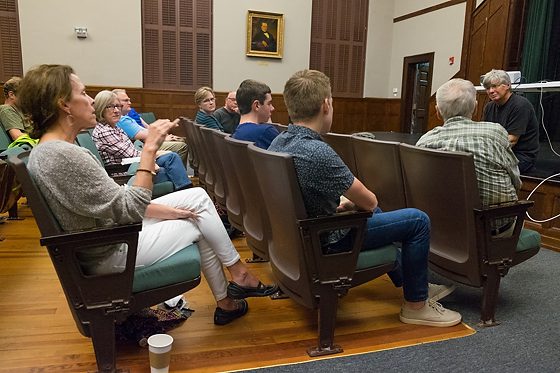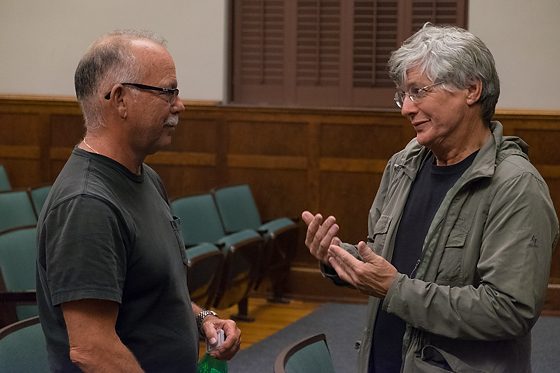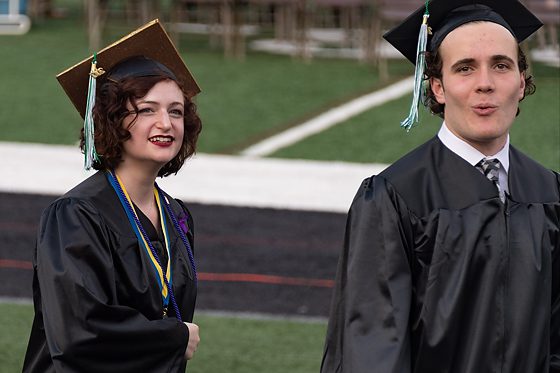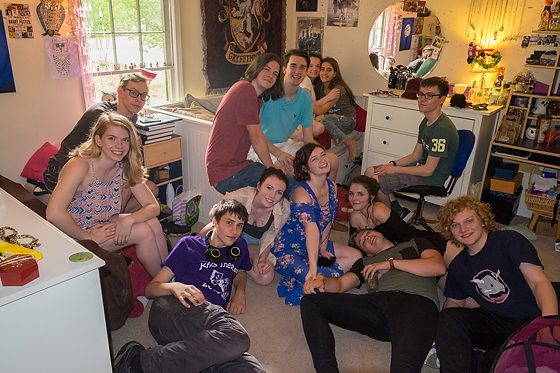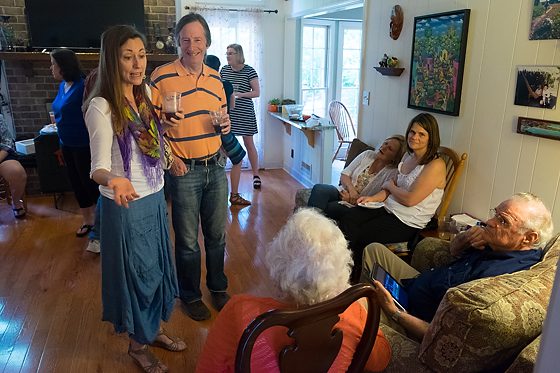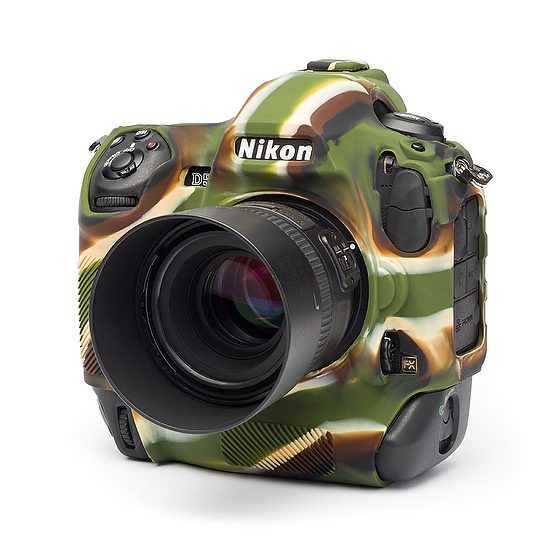When I talk about a product and have been given any compensation, I must inform you about that relationship. This is called full disclosure. It is best that I start the conversation with you upfront, not at the message’s end.
Sadly, many photographers whom camera manufacturers or software companies compensate for are not fully disclosing their relationship with their audience. Therefore too many customers do not recognize them as the hawkers, peddlers, or costermongers for these brands. Because they are biased, you need to know.
When a photographer talks about switching from camera brand A to camera brand B, I think you need to know if they were compensated.
I would go so far as to say that some photographers, if not for their endorsement deals, would not be a working pros. They are pretty much full-time spokespersons for the brand. Many of them are great photographers, but I would still be great no matter their brand.
Zack Arias, who reveals his relationship with vendors, stopped speaking as much as he was because he realized he wanted his examples to be what he was doing on jobs other than the sponsor. He told me he learned when he first started speaking that he would pull up an example and say last week when I did this shoot was getting replaced by a couple of years ago when I did this for a client.
I have always loved Zack for his honesty and his passion for creativity.
MOVIES
One of the most prominent places you see advertising is movie product placement.
According to a Priceonomics analysis, products placed into storylines can be much more successful for brands than traditional advertisements, like TV ads. It’s easier to sell a viewer the value of a product if they’re emotionally invested in the storyline in which it’s presented, rather than a viewer who’s watching an ad totally out of context. Plus, it’s far too easy to skip ads and zone out during ads nowadays.
When a brand picks up a photographer with a great eye and is highly creative, it is the same as product placement in a movie. E. T. could have used M&M’s instead of Reese’s Pieces, and the storyline wouldn’t have been significantly impacted, but the product used benefitted from a 65% jump in sales due to the movie placement. Is one candy better than the other?
My disclosures
I am an Amazon Affiliate and a Cradoc foto software Affiliate. I get a small percentage of sales for Amazon links and a little more if you buy Cradoc foot quote, fotoBiz, or their keyword software.
Every time I start a blog post about a product, I am doing my best to disclose my connection up front and not at the end. I would love for every blog to start with disclosure because I am earning more than I do now from writing this blog.
Now I wish I were a Nikon Ambassador, but I am not. If I were and I was at a conference speaking, I would want to be sure when I am introduced that this is said that I am a Nikon Ambassador. This way, you know that it is in my best interest for people to go out and buy Nikon gear after I speak. The reason is simple then Nikon will continue this relationship. If sales do not materialize from my work for Nikon, they will terminate that relationship and find someone who does help sell their gear.
Dave Black, a Nikon Ambassador, puts his relationship on the main page of his website http://www.daveblackphotography.com/.
TIP for you!
If you are a fan boy or fan girl of specific photographers and listen to them for what gear and software they recommend, take the time and find out if they are compensated in any way at all by those products.
You need to know when a photographer is talking about stuff you can purchase, which can be gear, software, or services if that brand compensates them.
There are a few photographers who get compensation like free gear or discounts for them and then will write in a blog post quite misleading comments that say these are their own words and the company didn’t pay them to write that review.
The word BUT negates or cancels everything that goes before it. Therefore, they are misleading when a sponsored photographer says; I wasn’t paid directly for these comments. They are making the water murky.
If a photographer isn’t giving you full disclosure, can you trust their comments?
For the most part, the six inches behind the eye determine the greatness of the photo more than the six inches in front of the eye.
When do you have to make the disclosure?

The FTC guidelines for endorsements and testimonials in advertising say if there is a connection between the endorser and the seller of the product or service, full disclosure is required.
Penalties for noncompliance can range from a written warning and request to provide full disclosure to the maximum of an $11,000 civil fine (per incident).

